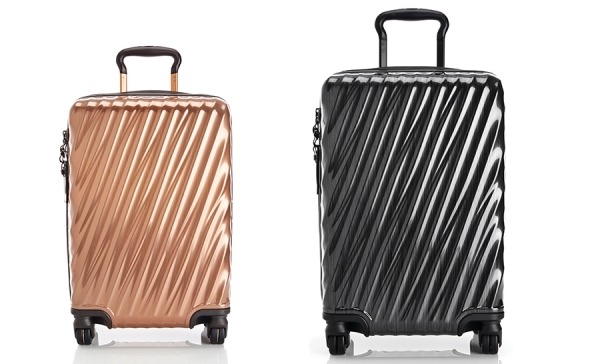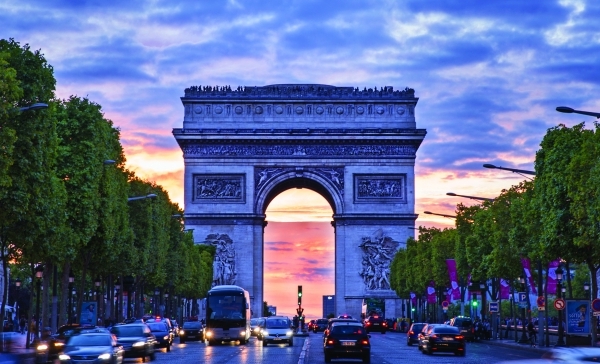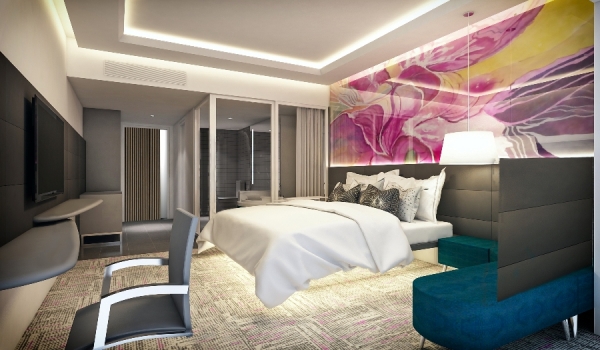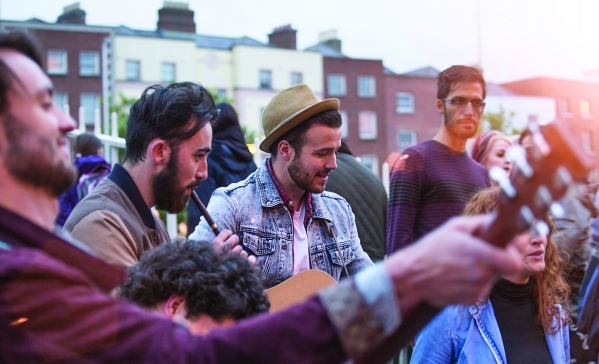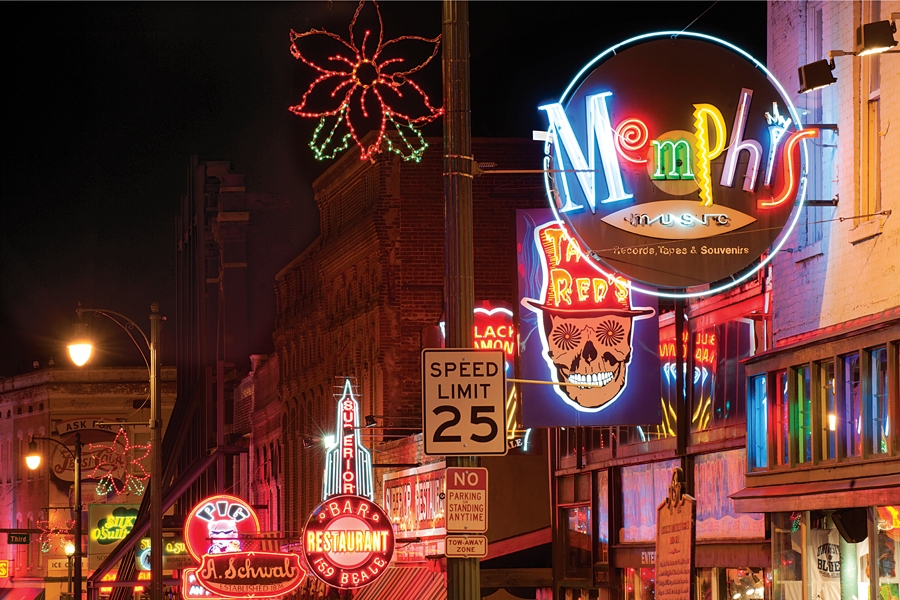
For those unfamiliar with the expression, ‘flyover states’ is a disparaging term of employed by Big City Americans to dismiss that great swathe of country that is neither East nor West Coast. To be fair, glanced from 30,000 feet above, while sipping Chardonnay en route to Los Angeles or New York, this patchwork of farms and forests, hills and highways does, indeed, seem somewhat bland and anonymous. You ‘fly over’ because, the thinking goes, there’s really no reason to stop.
Those able to remove their head from the clouds, both literally and metaphorically, though, may well discover that Middle America is anything but middling. Seemingly every town, from the smallest collection of sun-bleached shacks to the largest landlocked metropolis, has something its citizens – at least -are proud of and rather keen to share.
For a starting point, you could choose almost anywhere with an airport. By and large, this means any town with a population slightly larger than 10. Simply pick up a hire car, choose a direction and drive until some rogue slice of arcane Americana catches your eye. You won’t have far to go.
Those with a taste for music, whiskey and racing – whether on hooves or with tyres – could do a lot worse than opt for the 500 miles from Memphis, Tennessee to Indianapolis, Indiana, taking in Nashville and Louisville on the way.
As with many Midwestern cities, Memphis has an air of faded glory. It is a place more concerned with its past than with its future – and more than happy to trade on its heritage to attract a visitor or two
The city is forever associated with two Kings. Back in 1953, Elvis, the still-undisputed King of Rock and Roll, cut his first record in the city. The venue, Sun Studio, just outside downtown, is still a working recording space, although it’s the steady outflow of Presley memorabilia that keeps it viable.

Elvis is not the only rock royalty the city has known. Johnny Cash, BB King, Roy Orbison and Jerry Lee Lewis all recorded there during its heyday
Despite the press of fans and the racks of mass-produced memories, the studio retains a degree of shabby magic. It’s not hard to imagine the young dreamers clutching guitars, all crammed around a microphone, hoping to be discovered.
Presley, unlike so many other small town boys made good. He also stayed loyal to Memphis, making it his home. His Graceland mansion, some 15 minutes’ drive from downtown, is every bit as overblown as Sun is intimate. Only the truest of Elvis fans, though, should endure its long queues and steep fees for a tour of what is, by modern standards, a rather modest suburban estate.
Today, Memphis’ live music scene revolves around the famous Beale Street, a thoroughfare lined with dozens of lively bars and clubs. While music of the 1950 and 60s provides the inspiration for most of the acts, there’s little of the pioneering spirit that once put Memphis on the map. The acts tend to stick to well known early rock, blues and country, rather than any new material.
Just 15 years after one King was discovered, another – Dr Martin Luther – met his demise. It was April 1968 when the civil rights leader was assassinated at a Memphis motel gunned down by opponents of his struggle to win equal rights for Americans of African descent.
The Lorraine Motel, along with the building across the road where the fatal shot was fired, now makes up the National Civil Rights Museum. Far from being mawkish, the Museum offers a window into the upheavals that gripped America – especially its southern states – during the later years of the 20th century.
Some 200 miles east, Nashville is even more of a music town, rightly renowned as the capital of every kind of music – both country and western. While Memphis’ glory days are clearly well behind it, Nashville’s musical influence is very much a thing of the present. Aspiring country stars still flock here in the hope of being discovered in this self-styled Music City.
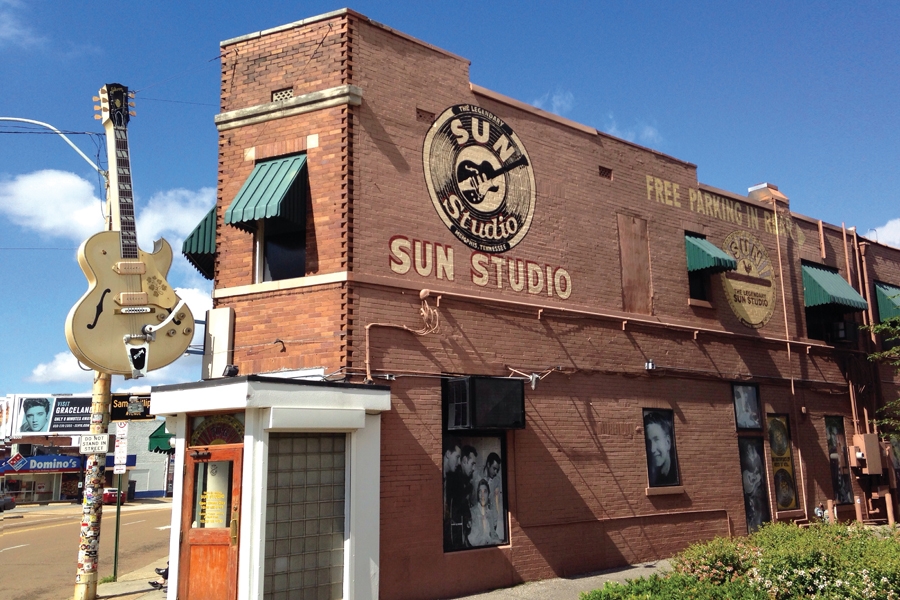
While many Midwestern cities show signs of industrial decline, Nashville positively hums with business. Instead of mass producing corn or combined harvesters, though, its phonic factories churn out country music. There is, indeed, something of a production line feel to its massed ranks of musical
attractions. There are, however, a fair smattering of authentic gems mixed in among its many workaday strummers
Nashville is also home to the Grand Ole Opry, the longest running radio show in America. Today, it still adheres to its tried and tested formula of a live mingling of both established and aspiring artists in front an enthusiastic theatre audience.
If it’s the Opry that brings rising stars to a wider audience, The Blue Bird Café is where talent scouts and discerning country fans go in search of the Next Big Thing. With a capacity of just 90, this up close and personal venue has a fame that belies its size.
Taylor Swift, the global starlet and sauce bucket, was discovered here, while the Café remains a regular feature on Nashville, a hit ABC TV show. If time is limited, a better way to take in the city’s musical pulse is a stroll up Broadway, between 3rd and 5th Avenues.
Almost every property, on both sides of the road, plays live music from morning to night. While every Nashville resident has a different opinion about the best venue, Ripppy’s Bar and Grill and The Stage on Broadway are seldom omitted from most reputable must-see lists.
Moving on and you will soon encounter the towering white grandstands of Churchill Downs on the outskirts of Louisville. This is the site of the biggest fixture in the American horseracing calendar – the Kentucky Derby. Every year, Derby Day sees a sudden influx of America’s movers and shakers, all dressed up and vying to be picked by the circling TV crews.
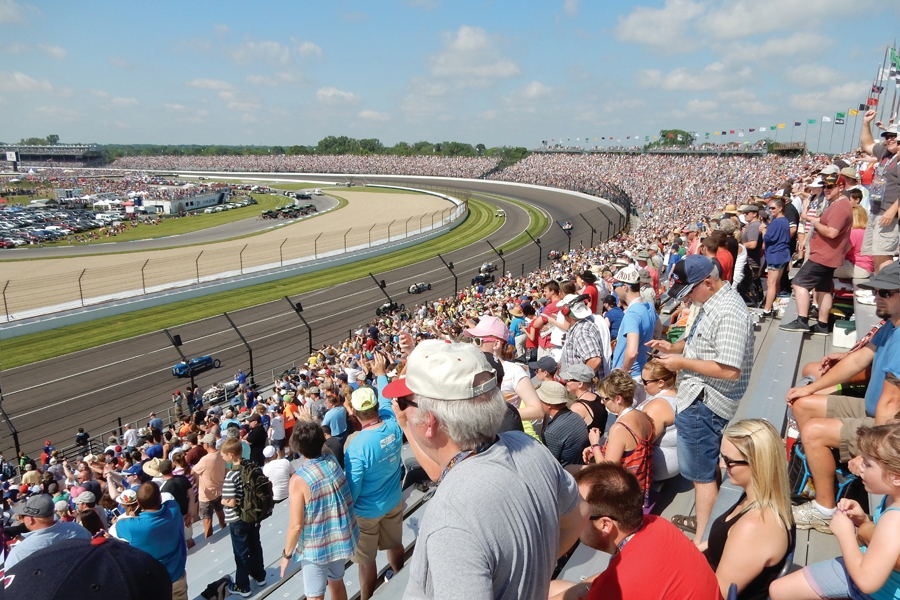
Attending this annual exercise in ostentation requires substantial planning and deep pockets, with admission to the more select areas always heavily oversubscribed. The Downs also holds smaller racing events throughout the year, occasions that exert less pressure on both wallets and wardrobes.
A must for any visitor is the chance to sample a mint julep – a potent cocktail of sweet mint syrup and Kentucky’s famous bourbon whisky. Imbibers should avoid operating heavy machinery for the remainder of the day. Maybe the week.
Downtown Louisville, meanwhile, has a notably post-industrial feel. This is only enhanced by the sight of its late 19th and early 20th century architecture slowly being repurposed, inevitably transformed into trendy bars, restaurants or apartments.
Sports fans, however, should head for the Louisville Slugger Museum, home to the eponymous baseball bat, complete with a working factory and a potted history of its defining role in nurturing America’s favourite pastime. The city was also home to Muhammad Ali, the onetime world heavyweight boxing champion and noted civil rights activist. The Muhammad Ali Center is a celebration of the recently deceased star’s life, both as a boxer and a true cultural icon,
As the day grows longer, a good guide to Louisville nightlife is the ‘Urban Bourbon Trail’, a handy pocket guide to the numerous bourbon-serving establishments in the city centre. If a pub crawl seems too much effort, the Trail’s star attraction is the Seelbach Hotel, said to be F Scott Fitzgerald’s inspiration for the hotel in The Great Gatsby.
If the Trail whets your craving for all things bourbon, there are a number of working distilleries just a short distance outside Louisville. One of the most celebrated is the Buffalo Trace Distillery, set on the outskirts of Kentucky’s capital, Frankfort, and around an hour by car from Louisville.
Claiming to be ‘the world’s most award-winning distillery’, Buffalo Trace offers guided tours to visitors, detailing the company’s history and the traditional barrel aging techniques employed to produce its celebrated range of spirits and liqueurs. The heady aroma of hundreds of bourbon-filled raw oak barrels slowly mellowing in a century-old building is worth the trip on its own.
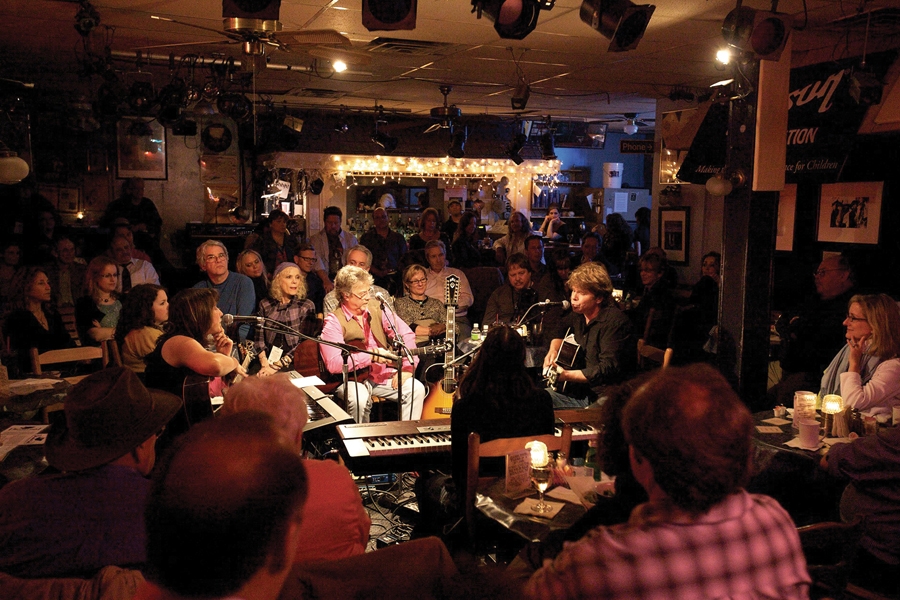
As a contrast to big city America, sleepy Frankfort offers a taste of small town southern charm. The grand 1910 Kentucky State Capitol building seems almost out of place on a Broadway lined with late western-style store fronts neatly sandwiching a road-level railway line. The town centre, though, is crammed with souvenir shops, cafés and restaurants, all winding towards the sleepy meander of a leafy Kentucky River.
With the closing lap to hand, the very name Indianapolis is synonymous with high speed car racing and the home of the world’s oldest purpose-built circuit. The Brickyard – as the 2.5 mile oval course is known – hosts the famous Indy 500, a 200-lap race for America’s answer to Formula 1 cars.
The Indy is America at its showiest, with size, speed and razzmatazz all dialled up to the maximum. Even before the engines fire up, it’s spectacular. The scale is staggering, with one end of the track almost invisible from the other.
The 500 is the world’s largest single-day spectator event, with 350,000 fans packing the vast open air grandstands around the course. The pre-race build up is also impressive, with stunt shows, parades and military fly-pasts keeping the spectators occupied.
The race itself is almost unbelievably fast. With its long straights and wide corners, cars average over 230mph. It takes quite a while for the eyes and brain to even begin to adjust to objects moving that quickly.
In truth, the crowds are too big for Indianapolis, with this city of some 850,000 annually swamped by the influx of race fans from around the world. Forward planning is essential, as even modest motels miles from the track sell out months in advance, despite charging many multiples of their usual price for the humblest of rooms. Five star city centre hotels can cost as much as the return air fare from Hong Kong.
With no public transport to the circuit, parking reservation is also essential and, again, arrangements should be made way in advance. Even with careful preparation, one should allow at least five hours to cover the few miles from downtown Indianapolis. Earplugs and sunscreen are also vital, as the cars are loud and there’s little shelter from the strong May sunshine.
Away from the race, downtown Indianapolis has a Gotham-like feel to its civic spaces, all flanked with a mixture of early 20th century pomp and glass towers. Today, though, much of the suburban sprawl shows clear signs of the city’s post-manufacturing economic decline.
For an alternative to the usual American city centre fare of steak houses, pizzerias and over-priced burger bars, The Rathskeller, on the edge of downtown is worth a visit. As a long established hangout for the city’s German immigrants, it offers authentic German cuisine and a long list of imported beers in the kind of cellar setting that could have been lifted straight from Bavaria.




